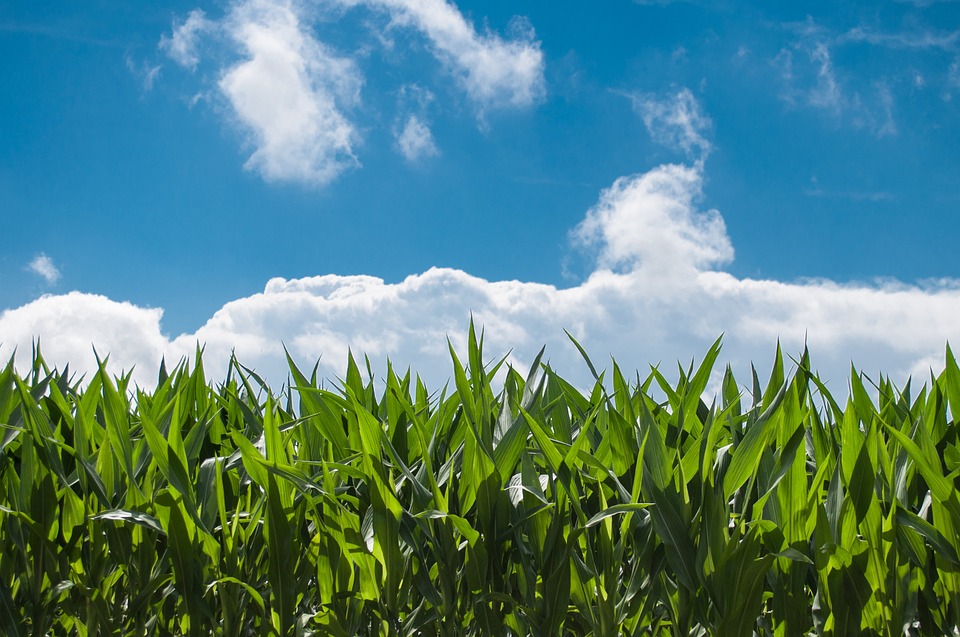USING SUPERANNUATION TO SLAY THE SLEEPING GIANT OF DEFERRED FARM INCOME
Farm businesses can often accumulate “deferred income”: income that would usually be taxed in the year it is earned or generated, but is deferred or delayed to a future year through various mechanisms available to primary producers.
Over time, these deferred amounts can become substantial, with the potential for unexpected tax consequences arising from an unplanned event.
Even with good planning, “deferred income” could build up significantly over time – and reducing it could be expensive, due to tax paid at higher rates.
Superannuation could be the slingshot to bring down this Goliath.
Types of deferral
Deferrals can be either deliberate (for example, depositing funds into a Farm Management Deposit), or simply occur in the normal course of events (such as when market values for livestock rise above their current book value).
Deferred income can be generated through:
Farm Management Deposits (“FMDs”).
Using this scheme, primary producers can reduce their taxable incomes in “good” years by depositing cash in special types of bank deposits. These deposits can be redeemed in “bad” years; they are included with taxable income in those years, but are often offset by additional expenditure, such as fodder. In this way, FMDs can be a very effective tool as part of a drought management strategy. However, they can also become a risk if they build up to a level beyond reasonable requirements. Farming families can accumulate significant amounts in these facilities: up to $800,000 per person.
Deferral of livestock profits arising as a result of loss or destruction of pastures – often referred to as “Drought Forced Sales”.
This popular technique is used in drought periods or dry spells when farmers have to sell livestock because of poor pasture conditions. This strategy effectively reduces taxable income in this situation, and does not involve the outlay of any cash. One risk is that deferrals can only be made for up to five years; sometimes farmers use the cash from the proceeds of the “forced sales” for other purposes, and a build-up of deferred sales can create problems if a run of “good” years follows dry spells.
Unrealised profit in livestock inventory.
Many farmers will use the “average cost” method for valuing year end livestock inventories for taxation purposes. This means – particularly for those who breed (rather than trade) livestock – the taxation value of inventories over time can be considerably lower than market value. If the farm or other assets are sold, that difference between average cost and market value is realised, and can significantly increase taxable income.
Excess depreciation claims.
The depreciation provisions are generally fairly generous, enabling farmers to claim large proportions of plant and equipment capital expenses against taxable income. (For instance, the 100% write off option for assets costing less than $30,000.) Over time, the total “written-down value” of farm plant can be much lower than the value that would be realised at a clearing sale. Any excess received on the sale of plant (over taxation written-down value) will be taxable income, and not subject to the CGT exemptions – unlike the sale of farm property, which is a capital gain event, but often exempt from any tax due to the Small Business Tax Concessions.
These examples are not exhaustive, and other provisions can defer farm income.
Consequences of deferred income
An unplanned tax event can have unexpected – and expensive – tax consequences.
For example, when a person dies, any FMDs or drought deferred sales related to them automatically becomes taxable income in the year of their death. Depending on their circumstances, this can create a significant tax bill.
The same is true if the taxpayer ceases to be a primary producer – for example, if they retire or exit the family business to allow a family member to take over. If the farm is sold, deferred income can be realised from livestock dispersal (at market value) and the sale of plant and equipment at the farm clearing sale.
The key here is (a) to be constantly aware of the accumulated amount of “deferred income” you are carrying forward; and (b) to ensure that you include this aspect in your succession and retirement planning.
A superannuation contribution strategy can “chip away” at deferred income by moving the deferred income into a retirement savings vehicle, using the applicable tax concessions to improve the result.
Example
A farming family of two parents and their son and daughter have accumulated $1M in “deferred income”, mainly in FMD’s. After a run of “good” years, they now feel the amounts in FMD’s are excessive to their needs. They also need to return drought deferred sales as income over the next couple of years.
They could make concessional superannuation contributions to the allowable cap of $25,000 per person (i.e. a total of $100,000 pa), funded either in part or in full by redemptions from the FMD’s.
Each year, they could reduce deferred income by $100,000 at an effective tax rate cost of 15% (the rate the superannuation fund must pay on the contributions received).
Depending on the family’s other incomes, this rate may be considerably less than they would pay if they simply returned the income with no offset and tax paid at that personal marginal or average rates.
Over time, they could save tens of thousands and possibly more, particularly in the case of an unplanned event or death situation.
Another advantage of this strategy is that the family starts to accumulate a significant off-farm asset in a tax-effective environment, which could be a future source of tax-free retirement income.
Should they wish to maintain “control” over their investment assets, they could use a Self-Managed Superannuation Fund structure.

